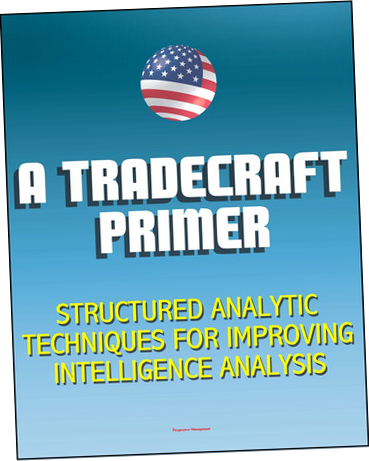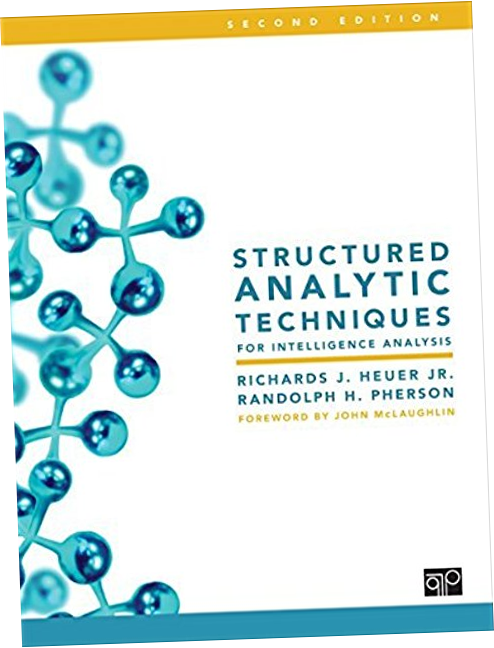The human mind can efficiently process only so much information. Beyond a certain threshold of complexity reasoning fails to grasp the implications and feedback loops contained in it. Any technique that can visualize analytic reasoning can be of great help in mitigating this shortcoming. In foreign affairs analysis, a sine qua non.
Network Analysis
Politics, by definition, is a team game. One way of getting to understand how it is played is to figure out what makes the teams tick. Network Analysis aims precisely at determining the configuration and operational modalities of groups of actors.
The basis for Network Analysis is laid down by Network Charting. It is a process aimed at identifying network actors, nodes (points of interaction) and links between them. It involves collation of information into Link or Association charts.
Network Analysis is the next step aiming at interpretation of the information contained in, and missing from, such charts. When done correctly it always pursues a specific and clearly defined objective. The point to be made here is that a chart in and of itself is not a self-standing analytical product.
Document Exploitation – can be considered a subcategory of Association Analysis. It is essentially a post-raid technique used to extract information from all kinds of seized evidence and collate it into a relational database.
Threat/Harm Analysis/Risk Assessment in Foreign Affairs Analysis
A technique for setting priorities to guide allocation of scarce resources. It provides an understanding of a threat posed by a problematic phenomenon, harm that could be caused by it, risk that this harm would materialize, and vulnerability of the environment.
Threat is a possibility of damaging action as an outcome of deliberate planning.
Harm is the damage occurring should a threat be realized.
Risk is the probability of materialization of harm.
Vulnerability is an aspect of the environment offering to the threat opportunities to cause harm.
Our treatment of threat assessment is based on the Long Matrix used in conjunction with the expanded T4 matrix.
They were pioneered by the Royal Canadian Mountain Police and over time adopted globally. For details about its origins look up information on the SLEIPNIR project[iv].
This technique allows analysts to rank-order threat agents in an objective, comprehensive and systematic way. The outcome is quantification of threat posed by specific groups of hostile actors to persons, institutions and the society as such.
The focus of threat assessment in foreign affairs analysis is on producing actionable knowledge. It can assist authorities at different levels in setting priorities and choosing pre-emptive or response strategies. Threat assessment techniques can also support the measuring of effectiveness of disruptive actions. Methodology would involve comparing change in threat indices of targeted actors for several periods of time.
Beyond that, the expanded T4 matrix is well-suited for determining the level of success of disruptive measures aimed at degrading specific group capabilities. Last but not least, its use can reveal a group’s ability to recover from disruptions.



